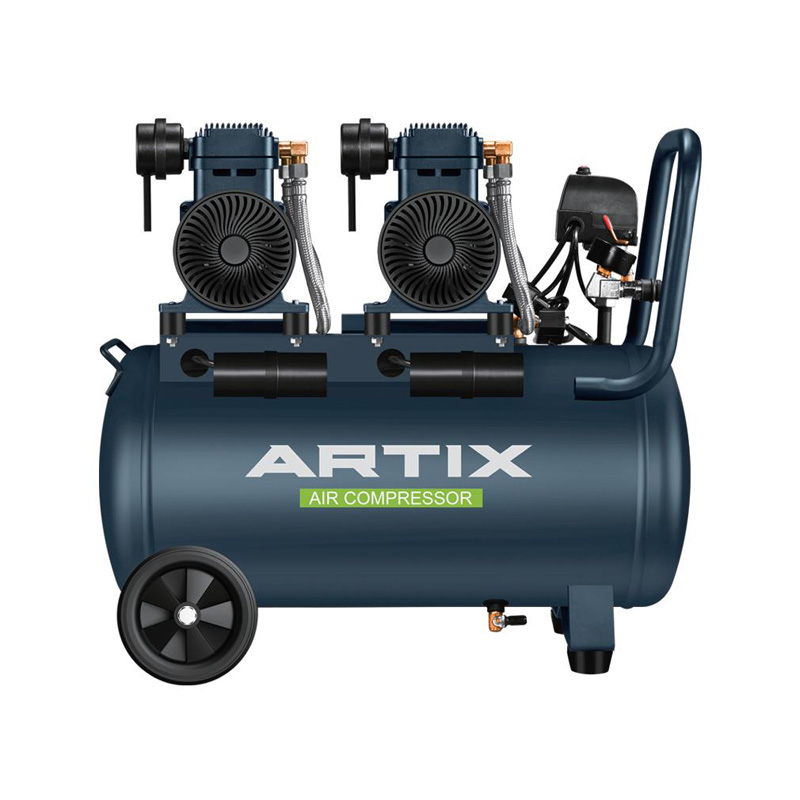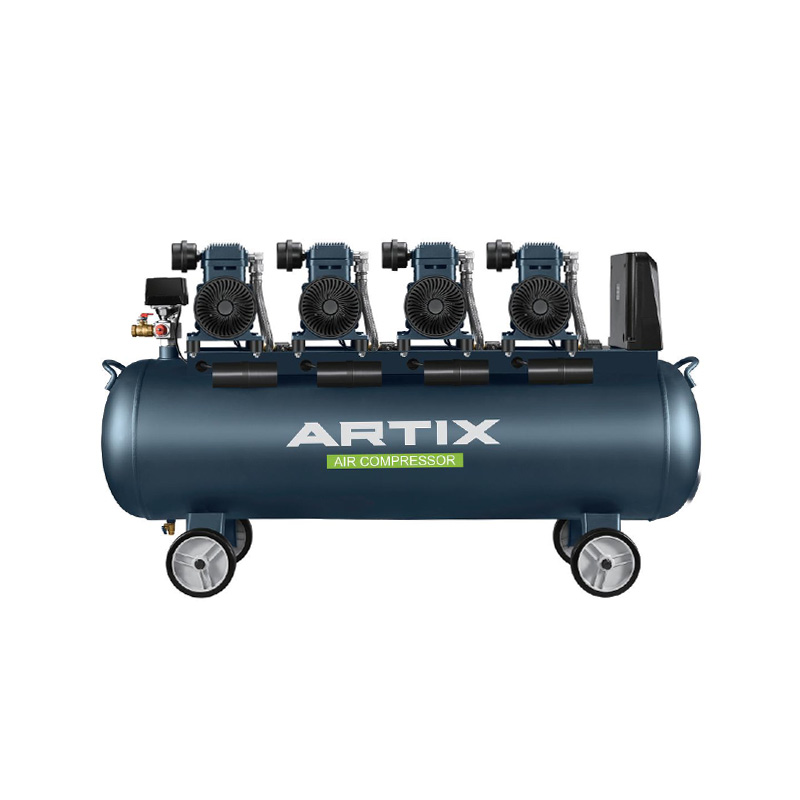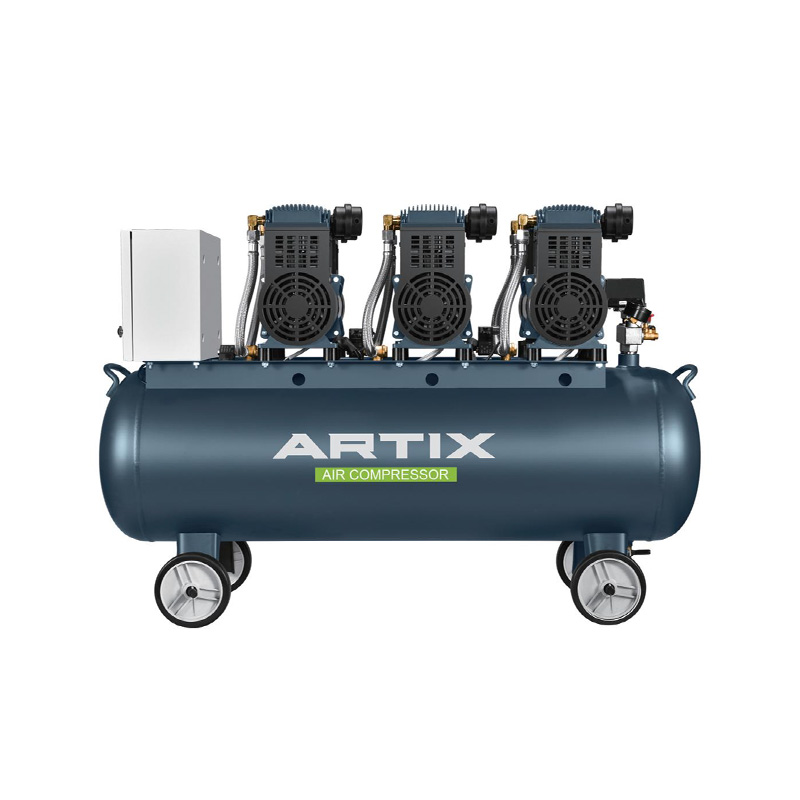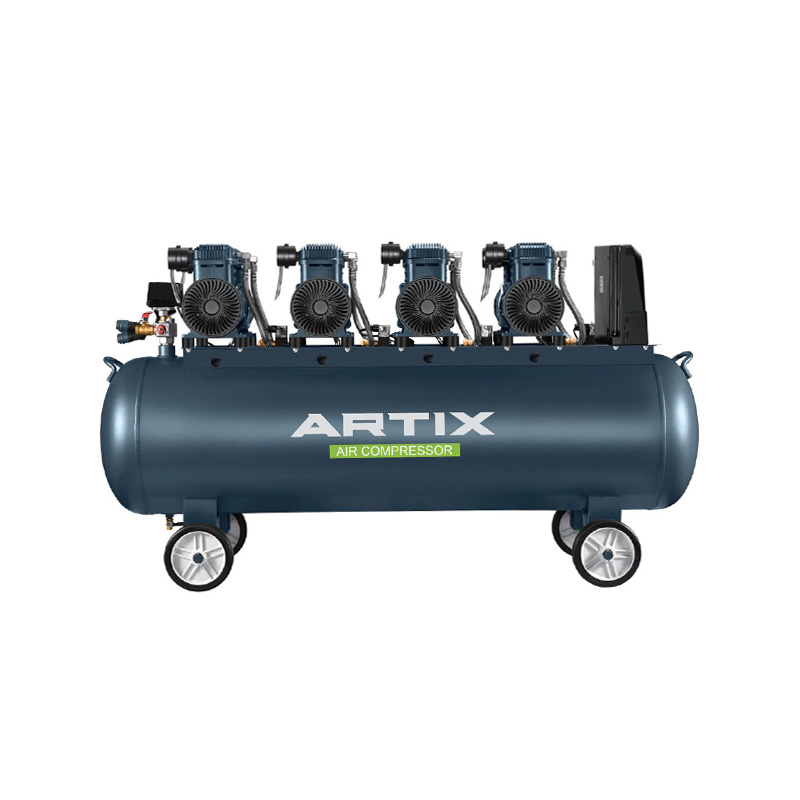In many modern industrial applications, combining an Industrial Oil Free Air Compressor with a Direct Driven Air Compressor design is becoming a preferred solution. These systems blend the clean-air advantages of oil-free technology with the simplified, direct-drive mechanics of coupling motor to compressor directly. The result: higher efficiency, lower maintenance costs, and more predictable total cost of ownership.
What Does “Direct Driven” Mean?
To understand the benefits, first let’s clarify what is meant by a Direct Driven Air Compressor:
In a direct drive setup, the motor is connected directly to the compressor pump (or “air end”) via a rigid coupling (or gear coupling), without intervening belts, pulleys, or gears.
This is in contrast to belt-drive systems, where the motor drives a belt which in turn drives the compressor, introducing extra mechanical transmission stages.
Many modern Industrial Oil Free Air Compressor designs adopt direct drive to maximize the yield from the motor and minimize energy losses.
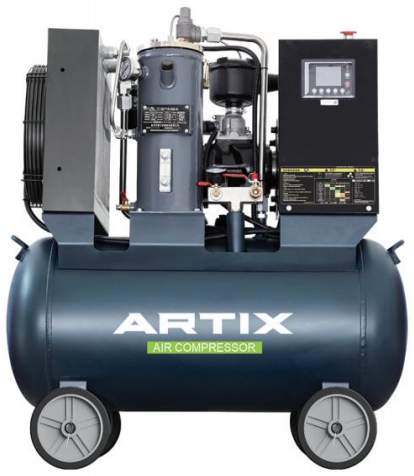
Why Efficiency Improves with Direct Drive
One of the key reasons many industrial users prefer Direct Driven Air Compressors is that less energy is lost in the transmission path. Below are the main points:
1. Lower Transmission Losses
Belts and pulleys inherently incur friction, slipping, and flex losses. Even under ideal conditions, some portion of the motor’s output is absorbed by these losses. With direct drive, that intermediary is removed, so more of the motor’s power is delivered straight to compression.
2. Better Power Matching & Control
Because the motor and compressor are rigidly coupled, there's less lag or slack in response when the compressor load changes. This means the machine can operate more smoothly and respond more directly to demand shifts.
3. Less Parasitic Loss
Belt or gear systems require tensioning, alignment, and periodic adjustment. These create additional parasitic torque and energy loss, especially under wear or misalignment. A direct-drive setup avoids those extra mechanical interfaces, making it inherently more efficient over the lifespan.
Cost Benefits: Capital, Operating & Maintenance
Efficiency is one side of the coin; cost is the other. Let’s look at how Direct Driven Air Compressors can stack up when considering total cost of ownership (TCO):
Lower Maintenance Burden
With fewer moving parts—no belts to replace, no belt tensioners, fewer bearings or pulleys—direct drive air compressors generally require less mechanical maintenance. The simpler system means fewer failure points, fewer replaceable wear items, and lower downtime risk.
Over time, these savings in labor and parts can be considerable, especially in settings where maintenance resources or downtime carry high cost.
Reduced Parts Inventory
Because belt drives demand belts, pulleys, tensioners, spare belts of different lengths, etc., a facility may need to stock more spares. A Direct Driven Air Compressor reduces or eliminates many of those spares, lowering inventory costs.
Longer Component Lifespan
Components like belts degrade over time (stretching, cracking, fatigue). By eliminating those, you reduce component lifecycle replacement costs. Also, with simpler mechanics, the stress on coupling is more predictable, often extending the useful life of the motor and compressor assembly.
Energy Savings Over Time
The increased efficiency from direct drive translates to lower electricity consumption, which is often a major line item in compressor operation budgets. The energy payback can, in many cases, offset any modest additional upfront cost of direct drive systems over a few years.
In fact, industry sources often cite that direct drive mechanisms “maximize efficiency and minimize energy loss,” especially under continuous operation loads.
